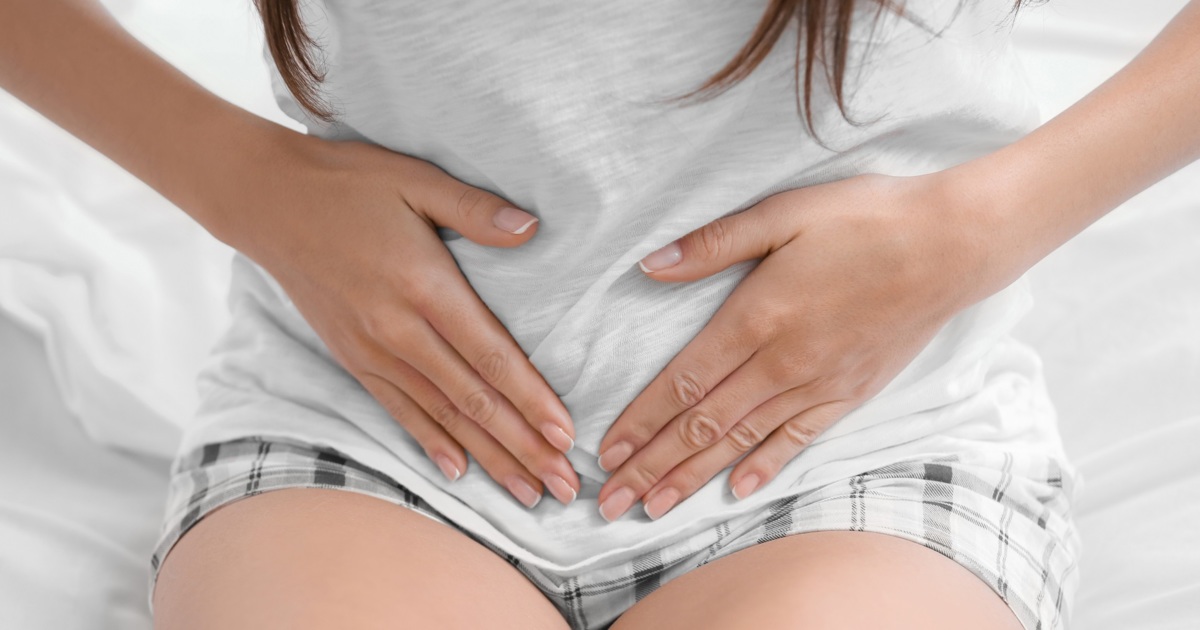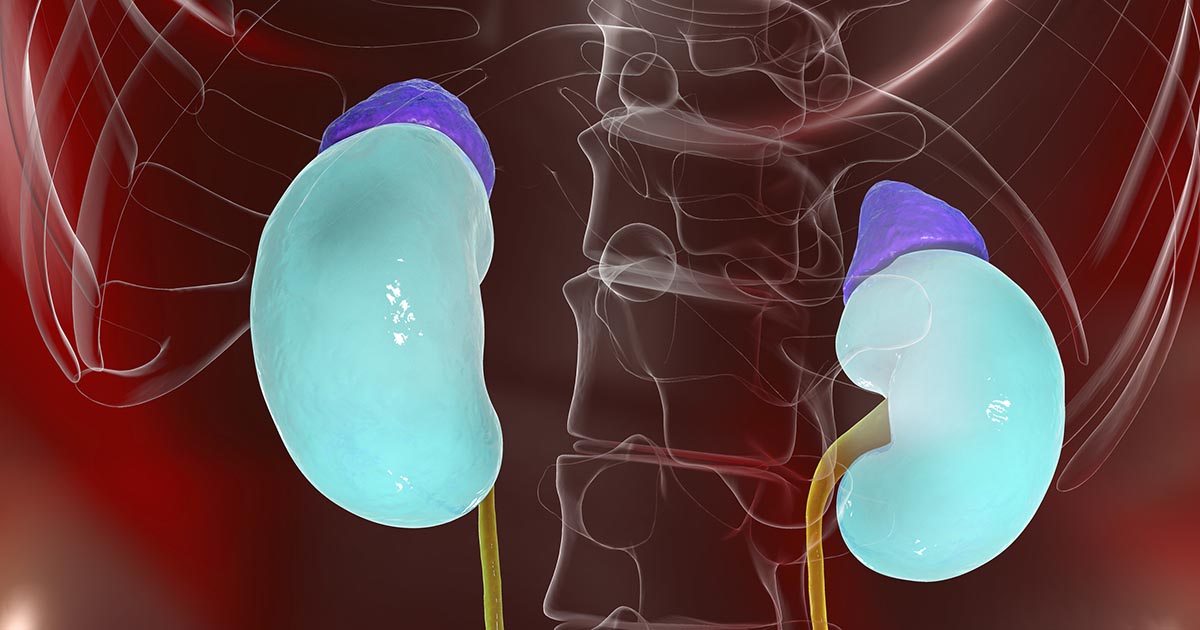Serious Disorders That Could Be More Than Acne
Acne, the most common skin condition in the United State, occurs when hair follicles or pores become clogged with oil and dead skin cells. This condition is characterized by red bumps, blackheads, whiteheads, pimples, and sometimes cysts. Although it can develop anywhere on the body, acne is most commonly found on the face, back, and chest. In some cases, acne can become infected with white pus and may be a sign of a more serious health complication.
Get to know the full details on serious conditions that may look like acne, but could be more than that, now.
Polycystic Ovarian Syndrome (PCOS)

Polycystic ovarian syndrome, often shortened to just PCOS, is a hormone condition that commonly affects women over twenty-five years old, though it can affect teens as well. It is caused by an adverse reaction to the hormone insulin. Symptoms of polycystic ovarian syndrome include weight gain, irregular ovulation and menstrual cycles, thinning hair, and most notably, acne. Patients with polycystic ovarian syndrome tend to see acne that occurs underneath the skin in the form of tender knots rather than surface bumps. Areas most commonly affected are the chin, upper neck, jawline, and cheeks. Treatment for polycystic ovarian syndrome is crucial to prevent lasting damage to the woman's body, serious side effects, and to boost the affected woman's self-esteem.
Keep reading to discover another condition an individual's skin could be revealing.
Congenital Adrenal Hyperplasia

Congenital adrenal hyperplasia is an untreatable hormonal disorder characterized by a variety of genetic disorders that inhibit the adrenal gland's ability to produce certain hormones. Acne is a common symptom of this condition, as are ambiguous genitalia in females, excessive body hair, rapid growth in childhood (but short stature overall), as well as adrenal crisis. Individuals with congenital adrenal hyperplasia usually produce either too many or too few sex hormones, such as testosterone. According to Doctor Bethanee Schlosser at Northwestern University's Feinberg School of Medicine, individuals "with [congenital adrenal hyperplasia] have a problem with the adrenal glands, which produce and metabolize hormones."
Next, learn about another skin condition more serious than acne.
